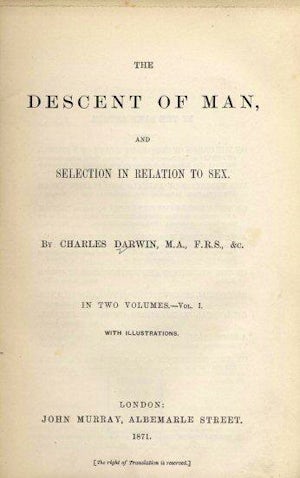
July 30, 1913. The Legislature of Wisconsin passes a statute for the "sterilization of defectives". The legislation is signed into law by Governor Francis McGovern of Wisconsin. The statute empowered the state to sterilize inmates of both mental and penal institutions. The aim was to prevent the procreation of undesirable persons. The legislation outlines who was to decide when sterilization procedures were necessary, how the process was to go, and how the finances should be managed.
This legislation made it the responsibility of the institution's superintendent and state two appointed experts, one of which had to be a surgeon, to decide on whether patients or inmates should be sterilized. If the experts and superintendent examining a patient or inmate decided on sterilization, then this decision was passed along to a state board. Upon approval from the state board, the sterilization operation could proceed, upon thirty days notice being given to either to the candidate for sterilization or their legal guardian or representative (Wisconsin Statutes, ch.29, §561jm, 1-4, 332).
The legislation also required documentation of each sterilization to be recorded and a regular report to the state board to be filed. Unlike other sterilization legislation at the time in the United States, this legislation had no legal or procedural safeguards like an appeals process for those about to be sterilized. Finally, the legislation made out what financial compensation should given to medical professionals performing the operations (Wisconsin Statutes, ch.29, §561jm, 5-6, 332-333).
Although passed in 1913, this legislation did not immediately lead to sterilizations, with the first occurring in 1915. It would be responsible for opening the doors however for legal sterilizations in Wisconsin, which would ultimately result in the more than 1,800 sterilizations (Kaelber, 2011).
For more info visit: here.
-Luke Kersten
Kaelber, L. (2011). Eugenics: Compulsory Sterilization in 50 American States. Retrieved from http://www.uvm.edu/~lkaelber/eugenics/WI/WI.html.
State of Wisconsin. (1913). Sterilization of defectives. Wisconsin Statutes.
 1869:
Galton publishes Hereditary Genius
1869:
Galton publishes Hereditary Genius
 1871:
Charles Darwin publishes The Descent of Man
1871:
Charles Darwin publishes The Descent of Man